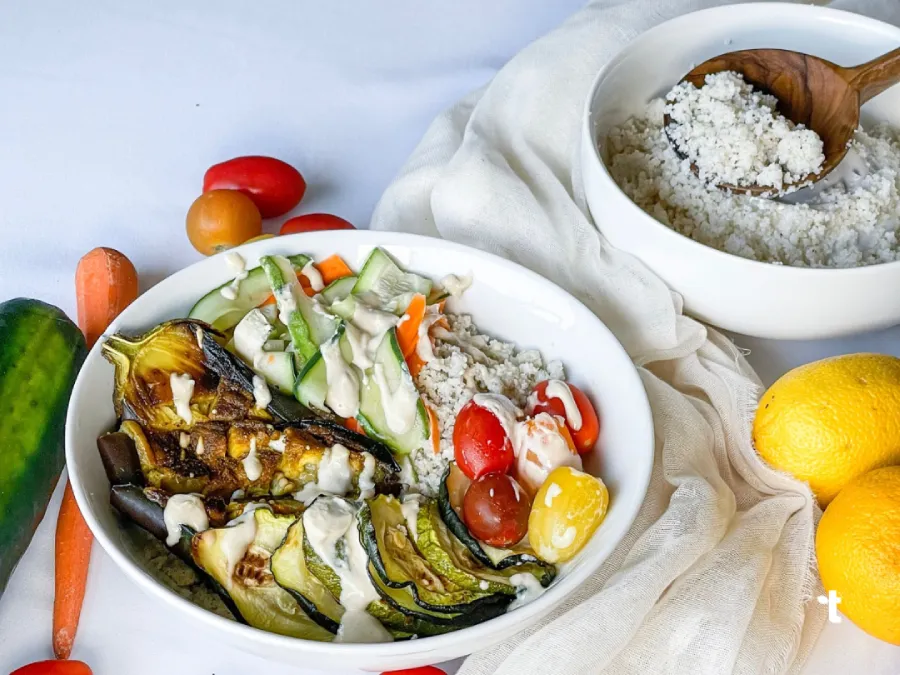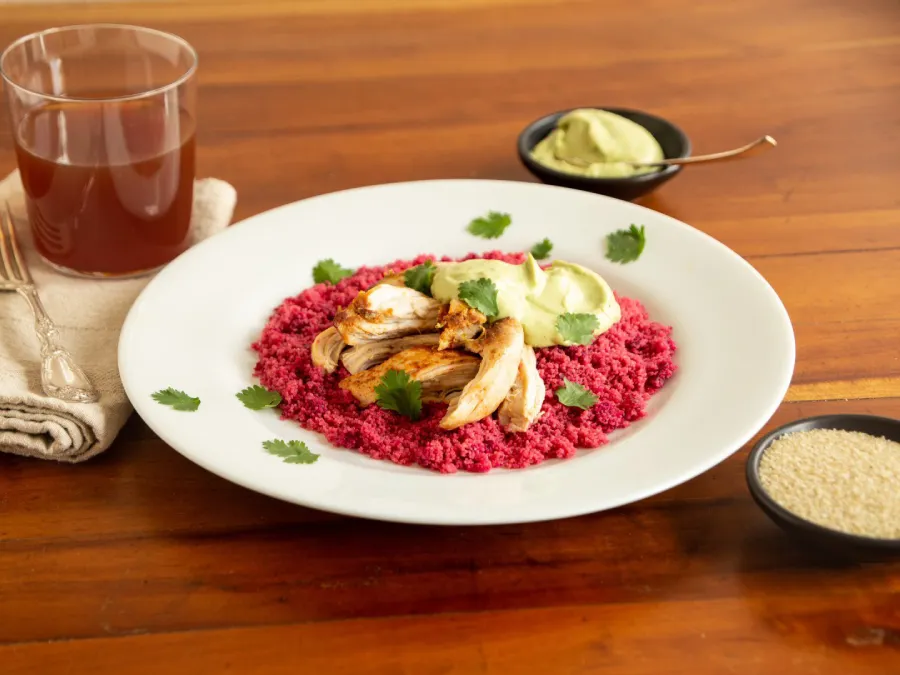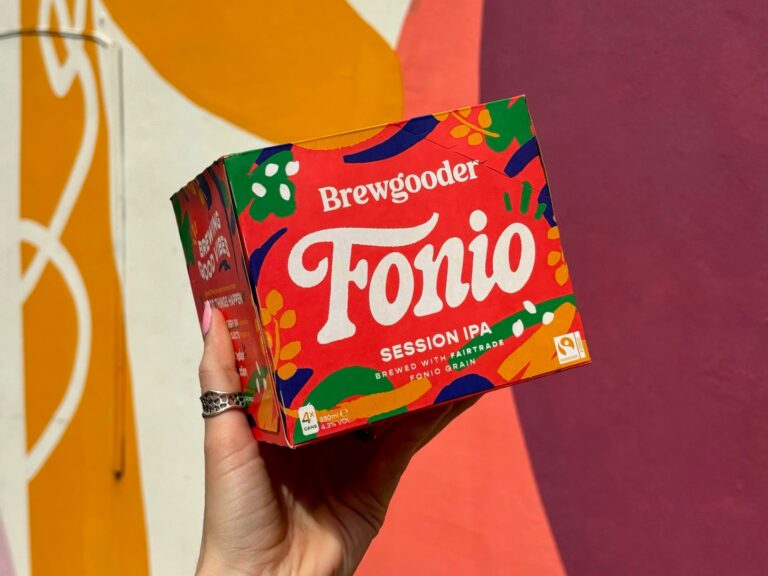How Chefs & Restaurateurs Can Expand Menus with the Increasingly Popular Super Grain from West Africa

Fonio, a nutrient-rich and gluten-free grain native to West Africa, has gained international recognition in recent years for its exceptional nutritional value and culinary versatility. This ancient super grain has caught the attention of chefs, restaurateurs, and food brands worldwide, opening up exciting possibilities for menu expansion and innovative culinary creations. In this article, we will explore what exactly fonio brings to the table for culinary professionals and how it can be incorporated into diverse cuisines that can cater to a wide range of tastes and dietary preferences.
A brief introduction to fonio
Fonio, cultivated and consumed in West Africa for over five millennia, has only recently started receiving global recognition due to its ability to thrive in challenging climates and its outstanding nutritional profile compared to other common grains such as white rice. This small grain offers a wealth of health benefits, making it a promising solution for addressing food insecurity on a global scale. Despite its long history, challenges such as difficult harvesting and processing methods, limited modern equipment for farmers, and infrastructural limitations have hindered the widespread adoption of fonio. However, with the right partnerships, efficient supply chains, and advancements in processing technology, fonio has the potential to make a significant impact both locally and globally.

If you are interested in learning in greater detail what fonio is, where it comes from, how it’s harvested and why you should care about the grain now, we strongly recommend checking out our previous article: “Fonio: How One Simple Food Can Feed the World”.
A versatile grain for culinary innovation
We recently discussed how food brands and manufacturers are already experimenting with fonio to expand their product offerings while also supporting sustainable farming, but restaurateurs around the world have also been on the forefront of experimenting with fonio and introducing their patron’s to the grain.
For example, Chef Fatmata Binta, winner of the Basque Culinary World Prize in 2022, recently featured fonio at the International Year of Millets 2023 event held at the Food and Agriculture Organization’s Regional Office for Africa earlier this year. Fonio was the “star” ingredient for the ‘Dine on a Mat’ experience at the event, where it was used in a salad with nuts and herbs, as well as other dishes.
Additionally, chef, restaurateur and author, Mawa McQueen has also been featuring fonio in her restaurants in Aspen, CO for years, but only recently gained international notoriety for receiving James Beard semifinalist honors for the “best chef” in the mountain region in 2022. She subsequently released her first book, “Mawa’s Way”, which includes a variety of recipes that feature fonio. In an interview earlier this year with Good Morning America, McQueen presented three recipes from her book, with one of them being an Arugula & Fonio Salad. She said she created this salad as she was “sick of seeing quinoa salads everywhere.” McQueen has also featured Fonio Fried Rice in her “Taste of Africa” community dinners that she hosts at her restaurant Mawa’s Kitchen in the Aspen Airport Business Center.
Chef Mawa McQueen created this arugula and fonio salad to replace quinoa – Photo courtesy of Alan ‘Battman’ Batt
Adding fonio into a restaurant’s menu opens up a plethora of new and exciting possibilities. Incorporating fonio into appetizers, entrees, and side dishes can add a unique touch to the dining experience. Chefs can develop fonio-based dishes that showcase the grain’s versatility and enhance the overall flavor profile of a menu. From fonio-stuffed vegetables to fonio pilaf with grilled meats or fish, the options are limitless. Fonio has also shown great potential as a flour substitute in pancakes, porridge, muffins, waffles and other baked goods. By leveraging fonio’s adaptability and nutritional benefits, chefs can captivate diners with innovative and wholesome menu offerings.
Fonio’s flavor profile is characterized by its delicate, slightly nutty taste with hints of sweetness and earthiness. Its neutral flavor allows chefs to experiment with various culinary styles and flavor pairings, making it a versatile ingredient in menu development. With fonio, chefs can create dishes that cater to a broad range of palates, from those seeking familiar and comforting flavors to adventurous diners looking for unique taste experiences.

Fonio’s culinary adaptability also extends to its compatibility with various cuisines from around the world. This grain can be used to infuse both regional and global cuisines with a unique twist. Menu creators can blend traditional cooking techniques and flavors with fonio to create fusion dishes that showcase the grain’s versatility. From fonio-based stir-fries with Asian-inspired flavors to fonio-based paella, there are innumerable possibilities for fusion cuisines. Incorporating fonio into regional specialties ensures that diners can enjoy a diverse and exciting range of flavors while exploring different culinary traditions.
To get the juices flowing, linked below are some of our favorite fonio recipes, such as Beet Red Fonio with Chicken and Avocado Crema and a Roasted Summer Vegetable Fonio Grain Bowl:
Additionally, here are some fonio recipes from around the web that may serve as inspiration for your experimentation:
- 4 Fonio Recipes That’ll Convince You to Try this Super Grain
- Fonio Pilaf with Dates, Carrots & Peanuts
- Three Easy and Tasty Ways to Cook Fonio
- Fonio Upma
- 49 Best Fonio Recipes
Customer appeal of fonio
The demand for diverse and healthy menu options is on the rise. As consumers become more health-conscious and adventurous with their dining choices, fonio offers a unique selling point for restaurants. Incorporating fonio-based dishes into menus appeals to customers looking for nutritious, sustainable, and innovative dining experiences. By highlighting fonio’s health benefits, its versatile culinary applications, and its potential to fuse different culinary traditions, chefs and restaurateurs can cater to the evolving preferences of their clientele.

In reference to those health benefits: one of fonio’s standout features is its exceptional nutritional profile. Packed with protein, fiber, and essential nutrients, fonio offers a wholesome and nourishing option for health-conscious individuals. Its protein content is comparable to rice, making it a suitable alternative for those seeking plant-based protein sources. With its high fiber content, fonio helps maintain digestive health, aids in weight management, and supports heart health. Fonio is also gluten-free, making it an excellent choice for those with gluten sensitivities or allergies. The rich combination of vitamins and minerals found in fonio, such as iron, thiamine, zinc, magnesium, and phosphorus, further contributes to its nutritional appeal.
Fonio’s sustainable production process adds another layer of appeal for environmentally conscious chefs and restaurateurs, and something restaurant-goers are acutely conscious of more than ever before. This resilient grain requires minimal water compared to other crops, making it an environmentally friendly choice. By incorporating fonio into their menus, chefs can show their commitment to sustainability and support local communities that rely on fonio production. With fonio, chefs have an opportunity to champion responsible sourcing practices and contribute to a more sustainable food system.
Access and availability
With the growing popularity of fonio, sourcing this exceptional grain has become more accessible. Terra Ingredients, with our with our affiliate company Stone Mill in the U.S. and our strategic processing partner CAA Sarl in Senegal, is currently the only large volume fonio supplier in the space, but a variety of smaller suppliers now offer fonio to meet the increasing demand. Some West African nations are also heavily prioritizing fonio production over the next decade, which will increase the amount of fonio available on the international market significantly. Togo, for example, wants to produce 10,000 tons of fonio by 2028, which is more than double its production during the 2022-2023 agricultural campaign. The pandemic slowed overall market growth due to supply chain disruptions and a drop in international demand, but prior to the intensified border closings, 2020 showed a 31% growth in fonio production compared to 2019.

As fonio production increases, chefs and restaurateurs can explore suppliers who prioritize sustainable sourcing practices, ensuring that the grain is ethically and responsibly harvested. By establishing strong partnerships with suppliers, restaurant professionals can secure a reliable source of fonio for their culinary creations and greatly impact the local communities where it is grown as current supply chains rely heavily on small scale farmers throughout West Africa.
In all, fonio brings a myriad of culinary possibilities to the table. With its exceptional nutritional makeup, neutral flavor profile, and adaptability to various cuisines, we expect fonio to continue grabbing the attention of chefs, restaurateurs, food brands and consumers around the globe. Incorporating fonio into menus expands culinary horizons, allowing for the creation of innovative, nutritious, and flavorful dishes. As the demand for diverse and sustainable food options grows, fonio provides an opportunity for culinary professionals to cater to the evolving preferences of their customers. By embracing this ancient grain, chefs can harness culinary innovation and contribute to a more sustainable and inclusive dining experience.






